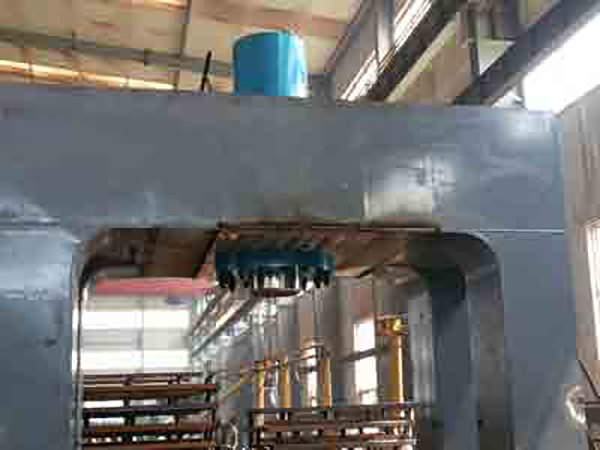In the process of repairing and maintaining excavators, many owners can always hear the maintenance master reminding them to deflate the hydraulic components, but everyone is ambiguous about the reason and operation of the deflation of the hydraulic components and does not understand the doorway.
In fact, the editor will give you a brief introduction. Everyone will understand that after the hydraulic components of the excavator are disassembled, replaced and maintained, there is a high possibility that some air will be mixed in, and this air will cause the excavator to run poorly. Trouble such as abnormal noise.
The need for deflation
So many owners will ask, is it necessary to vent the hydraulic components? Does every maintenance need to be vented? How to deflate? Can I deflate alone?
In fact, in order to prevent ablation and cavitation of hydraulic components, air venting measures must be taken, because if air is mixed into the hydraulic system, the air will be compressed or expanded due to the load, which may cause the hydraulic components to not operate smoothly. , It will shorten the life of each hydraulic component!

Venting steps of variable capacity plunger pump
(1) Fill the hydraulic oil tank with the specified amount of oil. Pay attention to the environment where the excavator is parked and the posture of the vehicle when the hydraulic oil is replaced.
(2) Remove the filler cap of the hydraulic oil tank.
(3) Install the air release hose at the air release valve, and then loosen the air release valve 1/2 turn. (Hose inner diameter: 5 mm)
Note: The top of the air release valve is the sealing surface. As long as the air release valve is loosened, the air can be discharged. The discharge process is very simple.
(4) Confirm that the air is completely discharged from the air release valve.
(5) Tighten the air release valve, remove the air release hose, and cover the air release valve.
Note: The opposite side width of the air release valve is 10 mm; the tightening torque: 4.9~6.9 N·m (0.5~0.7 kgf·m)
Venting steps of each hydraulic component
Keep the engine at a medium speed, and allow the hydraulic components related to the hydraulic circuit to run for about 10 to 15 minutes.
3. Bleeding steps of hydraulic cylinder
(1) Run the engine at low idle speed.
(2) Make the hydraulic cylinder slowly make 4 to 5 reciprocating strokes between 50-100 mm before the full extension stroke and 50-100 mm before the full retract stroke.
[Note] Only the blade cylinder is 50mm before the end of the stroke. Then make 3 to 4 full stroke movements.
Bleeding steps of hydraulic oil tank
Replace the oil filler cap of the hydraulic oil tank with a vacuum connector, and after connecting with the vacuum compressor, vacuum the hydraulic oil tank.
In general, many hydraulic system malfunctions, such as abnormal noise and poor operation, have been exhausted and checked for a long time. The cause of the malfunction is likely to be this air, causing the owner to not only stop the inspection but also Not a small loss.
Business manager phone:13470397782 Office phone:0419-7148218ext.802 mailbox:slcxjx@163.com
Business office phone:0419-2621118 Technical business phone:0419-7148218ext.805 address:Shaling Town, Taizihe District, Liaoyang City
